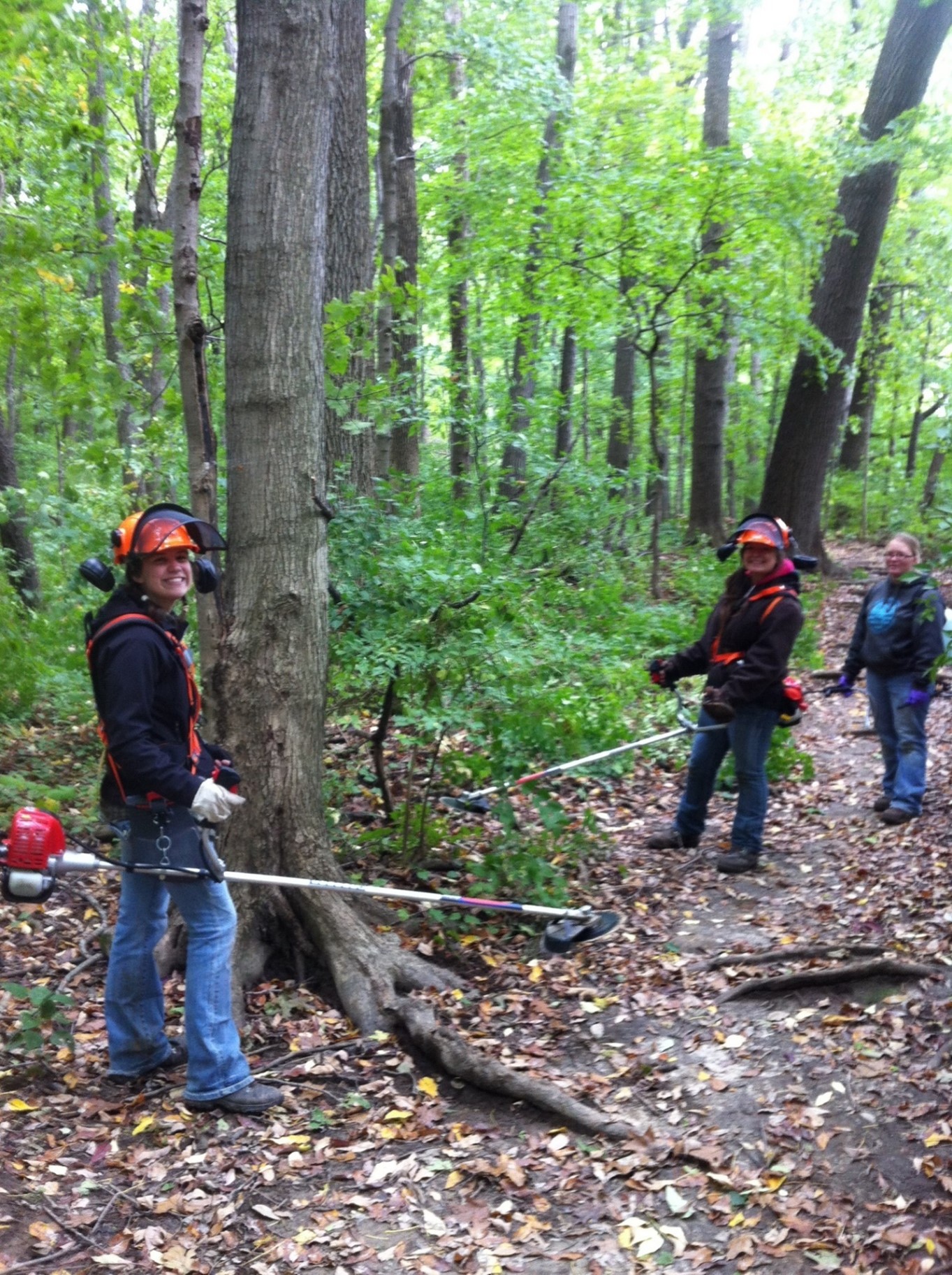McCormick Woods

McCormick’s Woods is located in the Central Hill Plain natural region in Tippecanoe County. Currently, it provides the public, Purdue University students and staff from a variety of different departments an opportunity to conduct instructional laboratory and recreation activities close to campus. It is known for its aesthetically pleasing forest with towering oaks and walnuts and a lush shade-tolerant understory.
Property Statistics
- Acres: 40
- Acquired: 1947
More About McCormick Woods
- Forest dynamics over time
- Research on soundscapes
- Beetle surveys
- Pockets of depressions where swamp white oak and button bush grow
- Large, forest grown oaks and walnuts prevalent
- Mountain biking trails (about 2.9 miles) on property and maintained by the Hoosier Mountain Bike Association (HMBA)
- Trails open from April 1 to October 31
- Must remain on established trails
- Purdue students aiding in the removal of nonnative invasive species such as bush honeysuckle and autumn olive on site
- Student chapters of those listed below have previously been involved with invasive removal:
- Society of American Foresters
- The Wildlife Society
- American Fisheries Society
- Student chapters of those listed below have previously been involved with invasive removal:
Please contact the property manager for a copy of this property’s management plan.
Property Manager:
Brian D Beheler
Phone: 765-496-5015
Fax: 765-583-3512
Email:behelerb@purdue.edu
 Invasive plant removal in 2014 using students. Photo by Brian Beheler.
Invasive plant removal in 2014 using students. Photo by Brian Beheler. 
